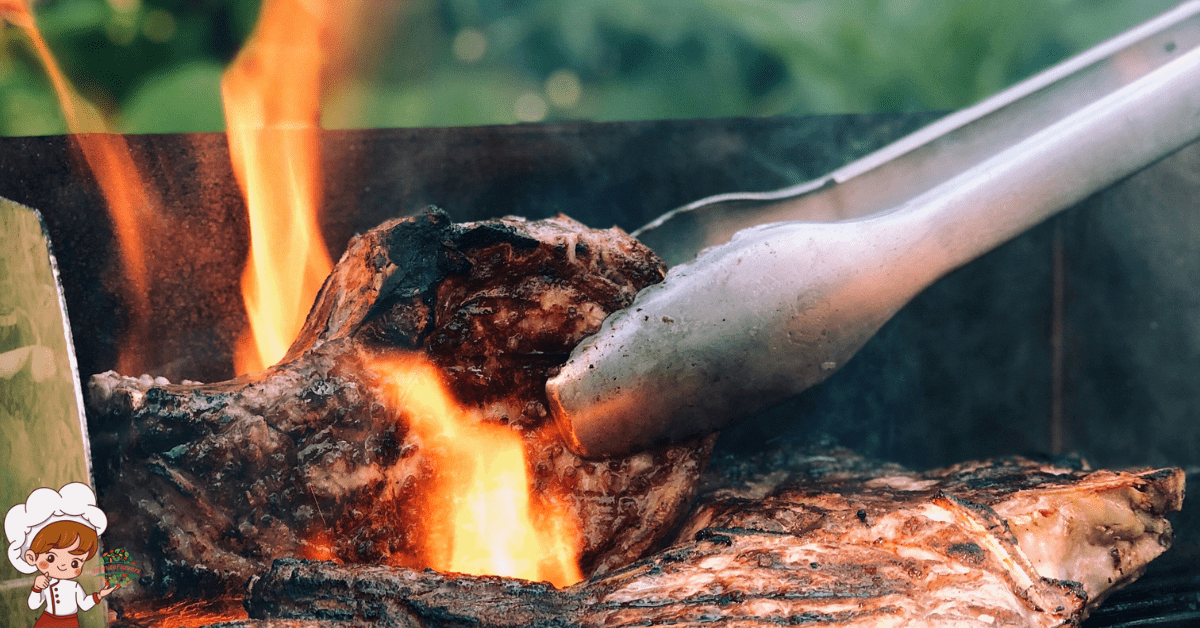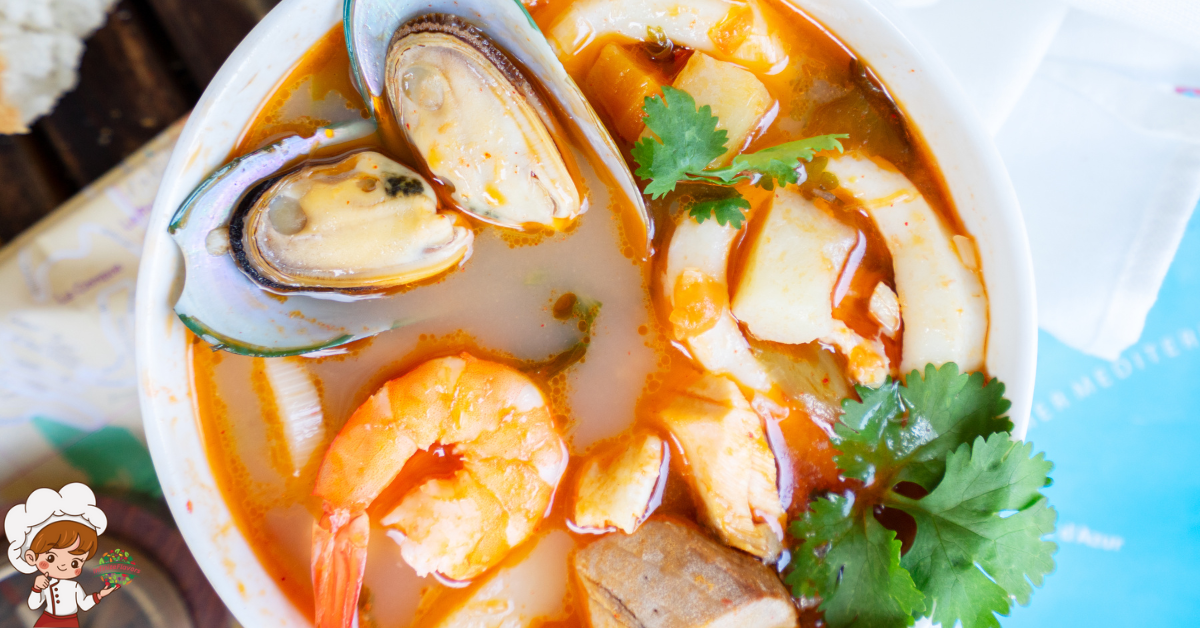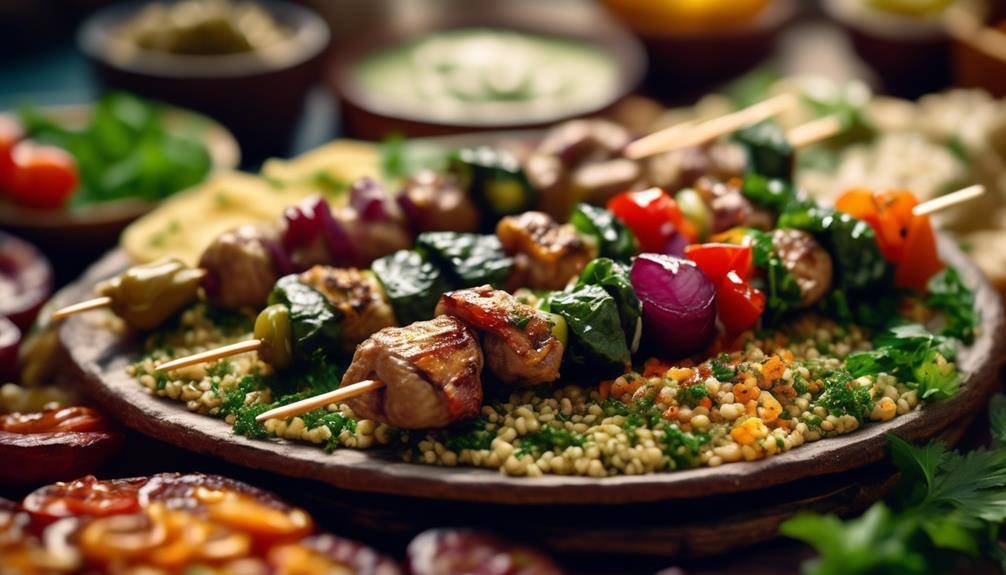The Amazing Wonderful Couscous
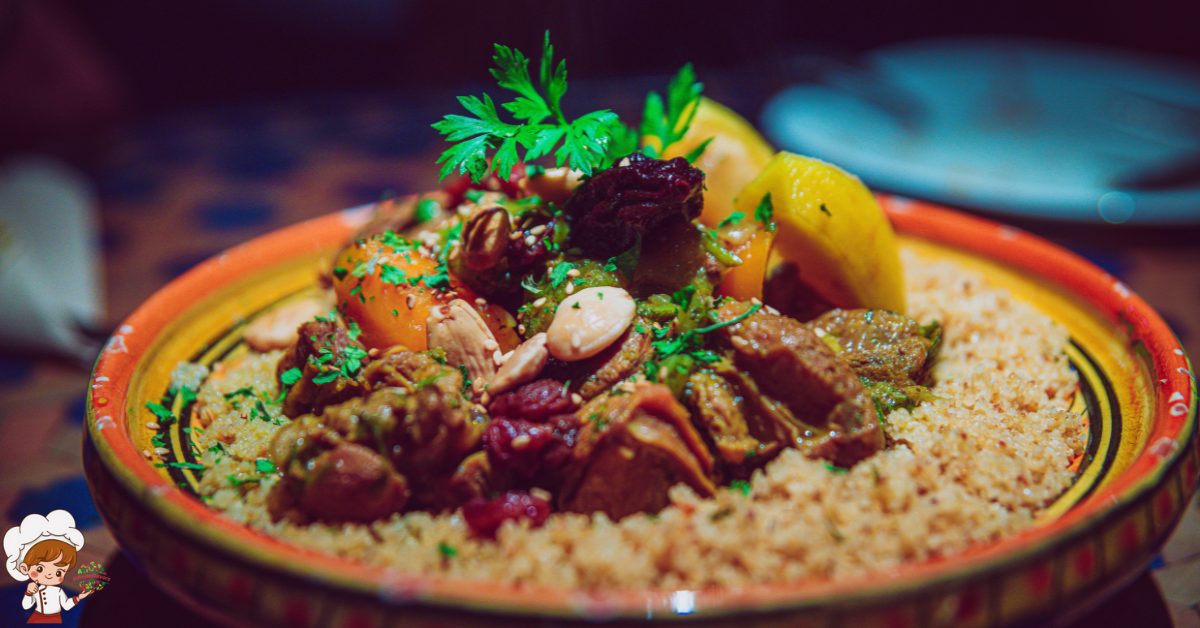
The Amazing Wonderful Couscous is a staple of North African cuisine, especially in Morocco, and has a fascinating history that reflects the region’s cultural diversity and culinary traditions. Its origins can be traced back to Berber and Arab influences, with a history that spans centuries.
Early Origins in Berber Culture
Couscous traces its early origins to the Berber people, indigenous inhabitants of North Africa. The Berbers, also known as Amazigh, cultivated grains and developed techniques to process and prepare them long before the arrival of Arab influences in the region.
Berber cuisine was deeply rooted in the use of locally available ingredients, reflecting the nomadic and agricultural lifestyles of these communities. They cultivated barley, millet, and other grains suited to the North African climate. To create a staple food that was portable and easy to prepare, Berbers crushed grains into a coarse meal and shaped it into small pellets by hand. These pellets were then sun-dried, creating a basic form of what we now recognize as couscous.
This early method of grain processing and preparation allowed the Berbers to store and transport food efficiently, essential for their semi-nomadic lifestyles. The simplicity and versatility of couscous made it a practical choice for sustaining Berber communities across the diverse landscapes of North Africa, including mountainous regions, deserts, and coastal areas.
The Berbers’ innovative approach to food preservation and preparation laid the groundwork for the evolution of couscous into the beloved dish it is today. As Arab traders introduced new ingredients like wheat and semolina to the region, couscous underwent further refinement, becoming a central component of North African cuisine and culture.
Arab Influence and Evolution
Arab influence significantly shaped the evolution of couscous, transforming it from a basic grain preparation into the iconic dish known today. As Arab traders and settlers arrived in North Africa, they introduced new ingredients and cooking techniques that enriched local culinary traditions.
One of the most significant contributions was the introduction of semolina wheat, a key ingredient in modern couscous. Semolina, with its fine texture and gluten content, was a departure from the coarse-ground grains traditionally used by the Berbers. This change allowed for the production of a lighter, fluffier couscous that quickly became popular across the region.
Arab cooks refined the process of couscous preparation, developing steaming methods that gave the dish its characteristic texture. They introduced intricate couscous steamers, called a couscoussier, which featured a large pot for stewing vegetables and meats underneath a perforated basket where couscous was steamed.
Alongside new ingredients and cooking methods, Arab settlers brought a diverse array of spices, dried fruits, nuts, and vegetables to North Africa. These additions expanded the flavor profile of couscous, leading to the creation of different regional variations. Spices like cinnamon, cumin, coriander, and saffron infused couscous with aromatic richness, while ingredients like raisins, apricots, and almonds added sweetness and texture.
As Arab culinary traditions melded with indigenous Berber practices, couscous emerged as a culinary symbol of cultural exchange and regional identity. The dish’s adaptability and versatility allowed it to thrive in diverse environments, becoming a beloved staple not only in North Africa but also in parts of the Middle East and beyond. Today, couscous remains a cherished component of Moroccan, Algerian, Tunisian, and Libyan cuisine, reflecting centuries of culinary evolution and cross-cultural influence.
Spread Across North Africa
After its initial development among Berber communities in North Africa, couscous gradually spread across the region, becoming a staple food with significant cultural and culinary importance.
As Berber tribes migrated and traded throughout North Africa, they carried their traditional foodways with them, including the knowledge of couscous preparation. This migration facilitated the spread of couscous to regions such as present-day Algeria, Tunisia, Libya, and Mauritania, where it quickly integrated into local culinary practices.
The adoption of couscous by neighboring communities was facilitated by its versatility and adaptability. Local cooks began incorporating their own ingredients and culinary techniques, resulting in a variety of regional couscous dishes. For example, in Tunisia, couscous is often served with fish and seafood, reflecting the coastal cuisine of the region. In Algeria, couscous is typically paired with lamb or chicken, while in Morocco, it is often combined with vegetables, dried fruits, and aromatic spices.
The widespread adoption of couscous was also influenced by cultural interactions and trade routes. As North Africa became a hub of trade between Europe, the Middle East, and sub-Saharan Africa, couscous gained popularity beyond its place of origin. It was introduced to European markets during the Arab expansion into Spain and Portugal, where it eventually became known as a symbol of Moorish culinary influence.
Over time, couscous became more than just a dish—it became embedded in the cultural identity of North Africa. It was prepared for special occasions, family gatherings, and religious celebrations, symbolizing hospitality, abundance, and tradition. Today, couscous remains a beloved and cherished dish across North Africa and beyond, representing the rich history and diverse culinary heritage of the region.
Culinary Symbol of Morocco
Couscous holds a special place as a culinary symbol of Morocco, deeply embedded in the country’s cultural heritage and culinary traditions. In Morocco, couscous is much more than just a meal; it is a cornerstone of Moroccan cuisine and an essential element of social gatherings and festivities.
The popularity of couscous in Morocco is rooted in its versatility and adaptability to local ingredients. Moroccan couscous typically features a rich and aromatic blend of flavors, often combining vegetables like carrots, zucchini, and turnips with tender cuts of lamb, chicken, or beef. The dish is seasoned with a medley of spices that may include cumin, coriander, cinnamon, and saffron, infusing it with a distinctive Moroccan taste.
Couscous holds a significant place in Moroccan culture, particularly during religious and festive occasions. It is a customary dish served during important celebrations such as weddings, births, and religious holidays like Eid al-Fitr and Eid al-Adha. The preparation of couscous is often a communal effort, bringing together family members to share in the cooking process, reflecting Moroccan values of hospitality, community, and togetherness.
Beyond its cultural significance, couscous is also a reflection of Morocco’s diverse culinary influences. Over centuries of trade and cultural exchange, Moroccan cuisine has been shaped by Berber, Arab, Andalusian, and Mediterranean culinary traditions. Each region of Morocco has its own unique couscous recipe, showcasing local ingredients and cooking techniques that have been passed down through generations.
In modern times, Moroccan couscous has gained international acclaim, becoming a celebrated dish enjoyed in restaurants around the world. Its status as a cultural icon of Morocco highlights the deep connection between food, culture, and identity, making couscous not only a beloved dish but also a symbol of Moroccan heritage and tradition.
Cultural Significance
The cultural significance of couscous in Morocco is profound, representing far more than just a culinary staple. It serves as a symbol of Moroccan identity, reflecting the country’s rich history, diverse influences, and strong communal traditions.
In Moroccan society, couscous holds a central place in social gatherings and family meals. It is often served during important occasions such as weddings, religious holidays, and family reunions, embodying the values of hospitality, generosity, and togetherness. The preparation and sharing of couscous bring people together, reinforcing bonds and strengthening social ties within communities.
Couscous is deeply rooted in Moroccan culinary heritage, with recipes passed down through generations and varied by region and family. The dish showcases Morocco’s agricultural abundance, incorporating local ingredients like vegetables, spices, and meats sourced from different regions of the country. The use of spices such as cumin, turmeric, and saffron imparts distinct flavors that define Moroccan cuisine.
Historically, couscous played a vital role in Berber culture, where it was considered a symbol of prosperity and abundance. Over time, with the influence of Arab and Mediterranean traders, couscous evolved into a revered dish that became synonymous with Moroccan cuisine. Its cultural significance extends beyond the kitchen, embodying shared memories, traditions, and values passed down through generations.
In modern times, Moroccan couscous has gained global recognition, celebrated for its unique flavors and cultural resonance. It serves as a bridge between Morocco’s past and present, reflecting the country’s vibrant culinary landscape and the enduring spirit of its people. Couscous continues to be cherished as a cultural icon, representing Morocco’s culinary artistry and the enduring legacy of its traditions.
Modern Popularity
In recent years, Moroccan couscous has experienced a surge in popularity worldwide, emerging as a beloved dish celebrated for its flavors, versatility, and health benefits. The modern rise of couscous can be attributed to several factors that have contributed to its global appeal.
- Health Consciousness: As consumers increasingly prioritize health and wellness, couscous has gained favor for being a nutritious alternative to other carbohydrate-rich staples. Made from semolina wheat, couscous is a low-fat, high-protein food that is rich in fiber, vitamins, and minerals. It aligns well with modern dietary trends focused on whole grains and plant-based eating.
- Culinary Trends: Moroccan cuisine, with its aromatic spices and exotic flavors, has captivated food enthusiasts worldwide. As interest in international cuisine grows, couscous has emerged as a standout dish known for its unique taste and cultural significance. Its inclusion in restaurants and food blogs has fueled curiosity and experimentation among chefs and home cooks alike.
- Vegetarian and Vegan Appeal: Couscous is inherently versatile, making it an ideal choice for vegetarian and vegan diets. It serves as a blank canvas for a variety of vegetables, legumes, and herbs, offering a satisfying and flavorful meal without meat. This adaptability has broadened couscous’ appeal among those seeking plant-based alternatives.
- Convenience and Adaptability: Couscous is quick and easy to prepare, requiring minimal cooking time compared to other grains. Its adaptability allows for endless variations, from hearty stews to light salads, making it suitable for diverse culinary preferences and occasions. Busy lifestyles and the demand for convenient yet wholesome meals have contributed to couscous’ rise in popularity.
- Cultural Appreciation: Beyond its nutritional value and culinary versatility, couscous embodies a connection to Moroccan culture and traditions. As consumers become more interested in exploring authentic dishes from around the world, couscous represents a tangible link to Morocco’s rich heritage, fostering cultural appreciation and understanding.
The modern popularity of Moroccan couscous underscores its enduring appeal as a healthy, flavorful, and culturally significant dish. As global culinary trends continue to evolve, couscous remains a celebrated staple in kitchens worldwide, cherished for its taste, convenience, and ability to bring people together around the table.
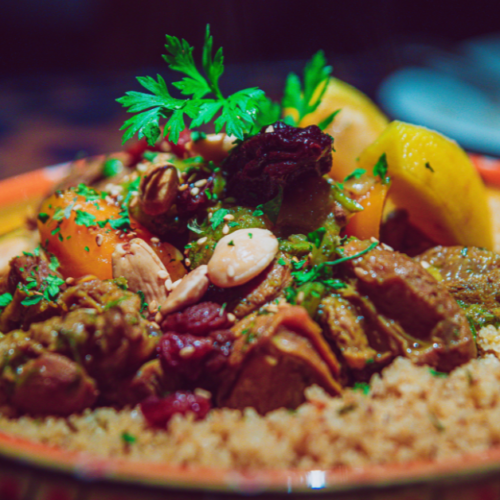
Couscous
Ingredients
- 1 cup couscous
- 1 1/4 cups water or vegetable broth
- 1 tablespoon olive oil or butter
- Salt to taste
Optional Seasonings:
- 1/2 teaspoon ground cumin
- 1/2 teaspoon ground coriander
- 1/4 teaspoon smoked paprika
- Freshly ground black pepper to taste
Optional Add-Ins:
- Chopped fresh herbs parsley, cilantro, mint
- Dried fruits raisins, apricots
- Toasted nuts almonds, pine nuts
- Cooked vegetables bell peppers, zucchini, carrots
Instructions
- Prepare the Couscous:
- In a saucepan, bring the water or vegetable broth to a boil.
- Stir in the olive oil or butter and a pinch of salt.
- Remove the saucepan from heat and add the couscous. Stir to combine.
- Cover the saucepan with a lid and let it sit for 5 minutes to allow the couscous to absorb the liquid.
- Fluff the Couscous:
- After 5 minutes, remove the lid and fluff the couscous with a fork to separate the grains.
- Season and Serve:
- Add any optional seasonings or mix-ins according to your preference.
- Taste and adjust seasoning with salt and pepper, if needed.
- Serve Warm or Cold:
- Couscous can be served warm as a side dish or cold as part of a salad.
- Garnish with fresh herbs or additional toppings, if desired.
Conclusion: The Amazing Wonderful Couscous
Couscous is more than just a dish—it’s a symbol of North African heritage, unity, and culinary prowess. Its journey from ancient Berber grains to a beloved international staple reflects the rich history and enduring cultural significance of Moroccan cuisine.





